It can seem like a headache to find time to unwind with all of life's obligations. Try these five yoga poses to help you de-stress and find calm.
1. Cat Squat
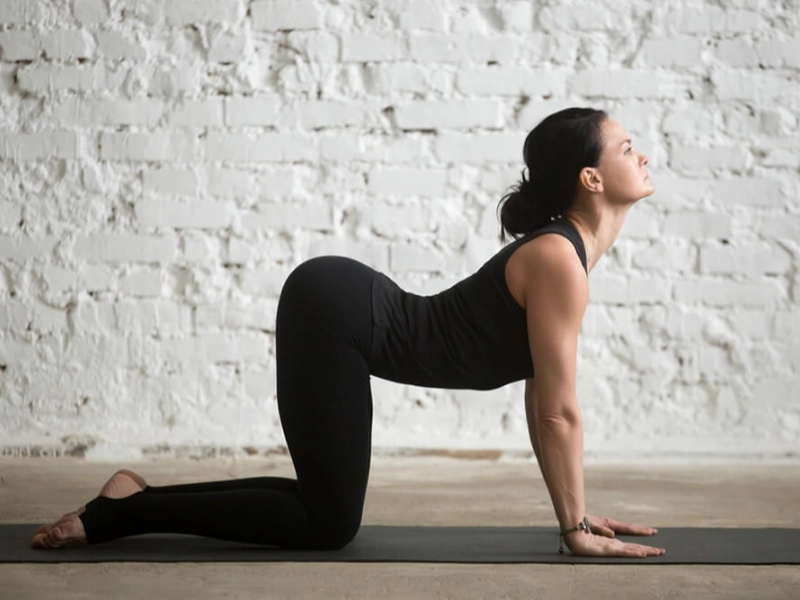
Cat Pose (Marjaryasana), one of the first positions in a yoga sequence, is a great way to release tension in the neck and relax the shoulders. Additionally, it promotes healthy spine alignment and strengthens and stimulates the abdomen.
Kneel on a mat with your hands precisely under your shoulders and your hips aligned over them to execute the position. Breathe out while turning your back to face the ceiling. Next, take a breath, arch your back, and draw your belly button towards your spine to perform a cow. Go back and forth between Cow and Cat for a minimum of five breath cycles.
This is a good position to start with for beginners because it warms the spine softly before asking for more rigorous stretching of the body. In addition, it stretches the hips and shoulders, which tend to stiffen under stress.
2. Seated Tree
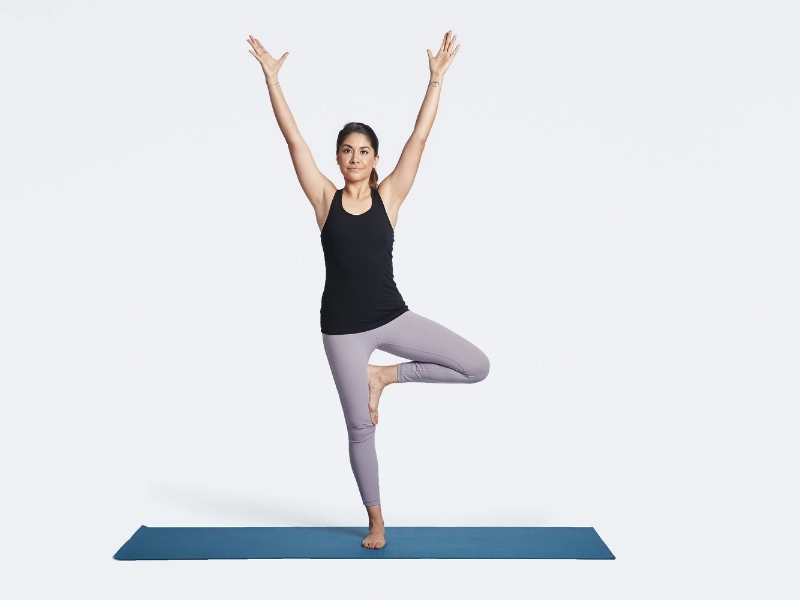
This position strengthens the feet, ankles, hips, and core while also assisting with balance and posture. Additionally, it promotes a sense of groundedness, which is beneficial for stress relief.
Start with your heels slightly apart and your big toes touching. To place the sole of your foot on your left thigh, bend your right knee. Raise your arms upward, focusing your attention on a stationary point, called drishti.
Tree stance can lose its effectiveness if practitioners, like me, resist the urge to come out of the stance. Strive to be kind to yourself when you wobble in the position and accept them as normal phases of the process. Try resting your elevated leg next to your right calf if it's too difficult to bring it all the way onto your thigh.
3. Combat II
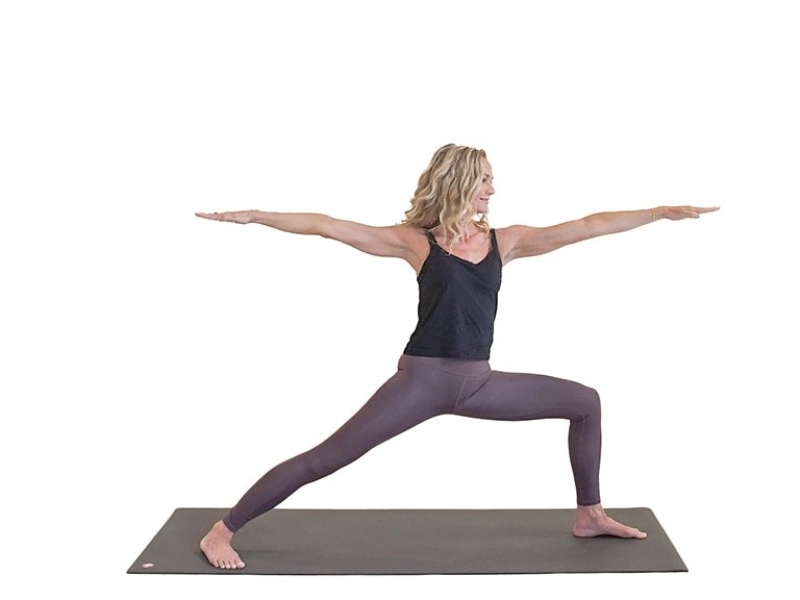
Warrior II is a powerful and balancing yoga stance that helps the body move freely and gives the breath room. It increases strength in the arms and shoulders and opens and strengthens the hips and upper back.
In this position, one typical error that practitioners do is to place their hips too far behind their shoulders. If needed, broaden your stance to get your back foot in line with the mat's front short edge in order to prevent this. The front and rear legs should be separated by around the breadth of the hips. This strengthens the hips and shoulders, which bear a lot of the weight of the modern world, and permits stability and range of motion.
4. Pose like a Child
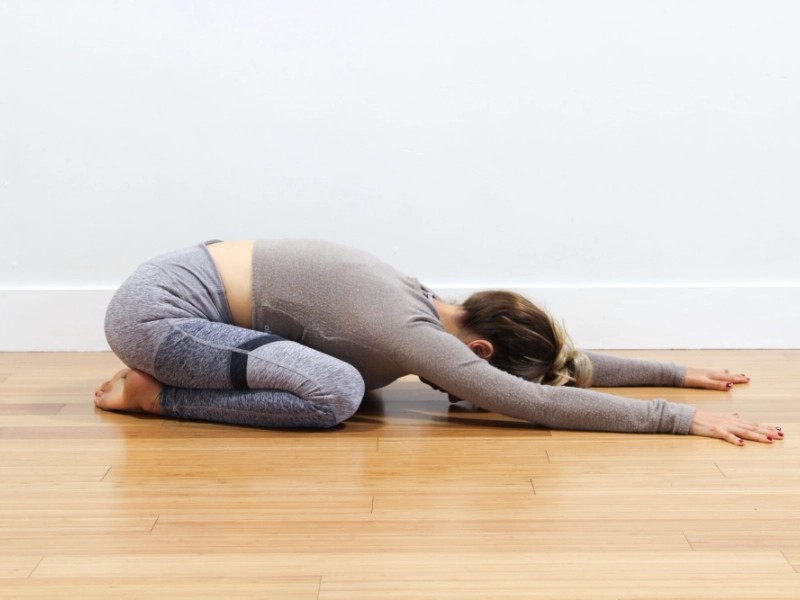
This gentle, healing yoga stance is a tranquil getaway that nourishes the entire body and mind. It can be performed as a standing position or as a pose to come into a more dynamic yoga practise.
Child's Pose opens and stretches the neck, internal organs, thighs, hips, and back, but it does not strengthen the muscles. Additionally, it promotes deep, leisurely breathing, which lowers heart rate and relieves tension.
Sit on your mat with your knees slightly wider than hip-width apart to perform Child's Pose. Even a pillow or blanket can be used to ease pressure on the knee and ankle joints. Next, release your breath and lean forward, placing your chest between your legs.
5. Nagoya
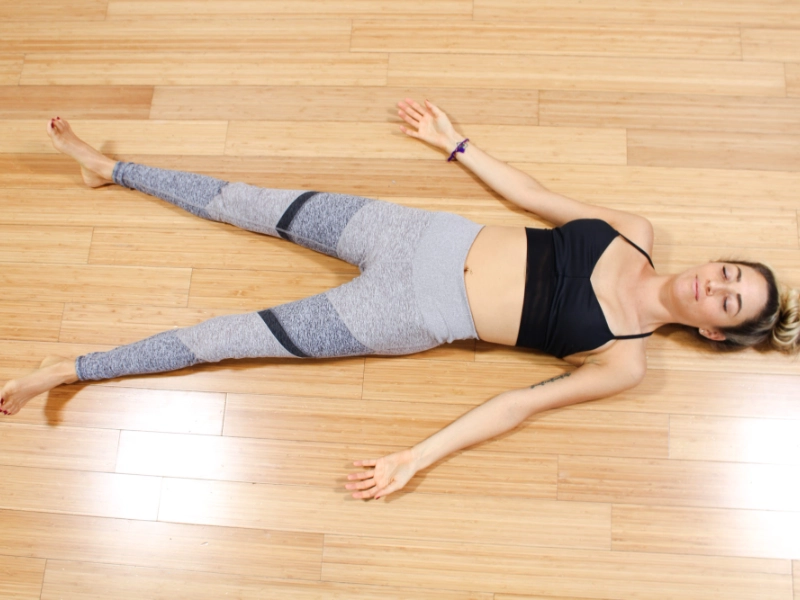
The last pose in most yoga sessions is called corpse pose, or savasana. Although it appears easy, this posture is among the hardest because you have to intentionally allow your body and mind to relax.
Now is the moment to acknowledge and accept any feelings that surface in a loving and nonjudgmental way. You might notice, for example, that you're tense, stressed, or anxious. With each exhale, you can then let go of these emotions and on the inhale, focus on developing comfort, self-love, or serenity.
Some people, especially those who are agitated or unhappy, find it difficult to lie still in savasana. Placing a blanket or bolster beneath your knees, low back, or neck may provide some assistance. It's also beneficial to dim the lights or wear an eye cushion to lessen sensory input during this period.
Advertisement
Recommended Reading: The Benefits of Using Organic Skincare Products

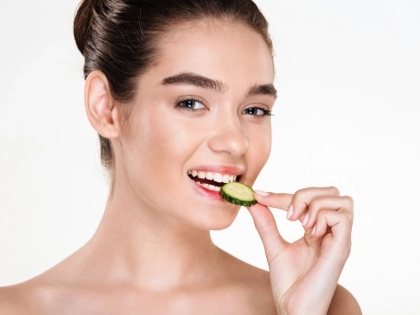



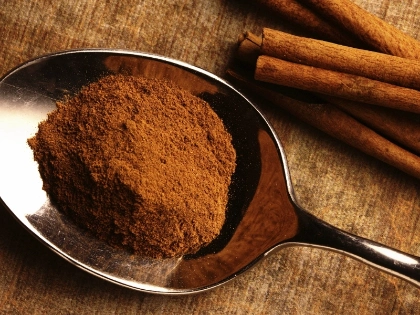

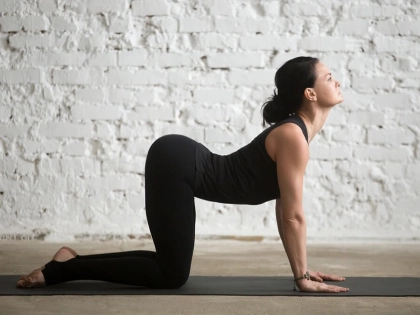

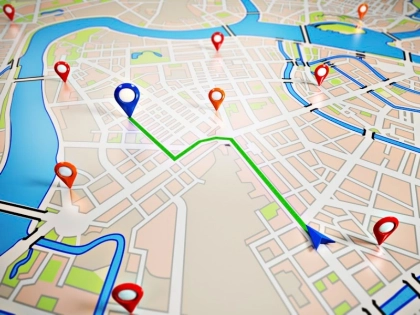
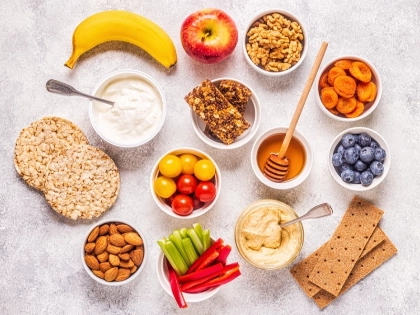




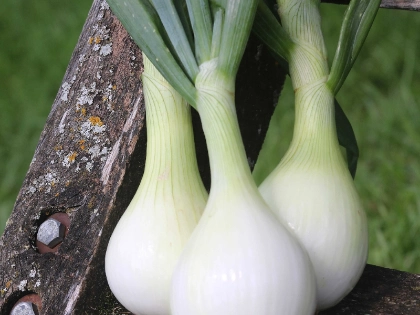

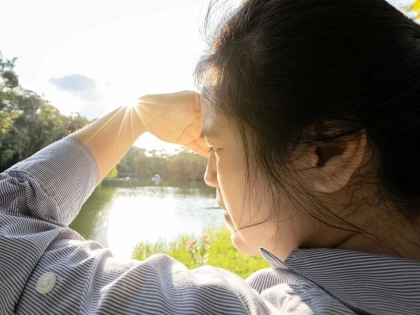
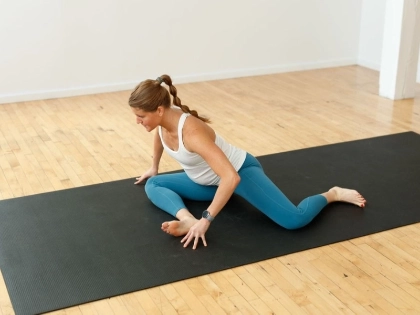

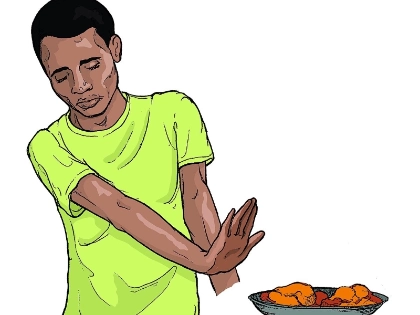
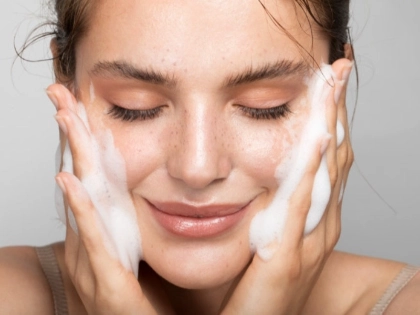

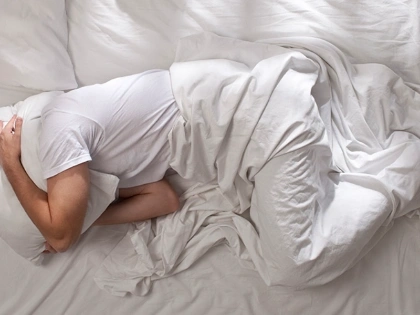
Comments
Leave a Comment
Your email address will not be published. Required fields are marked *